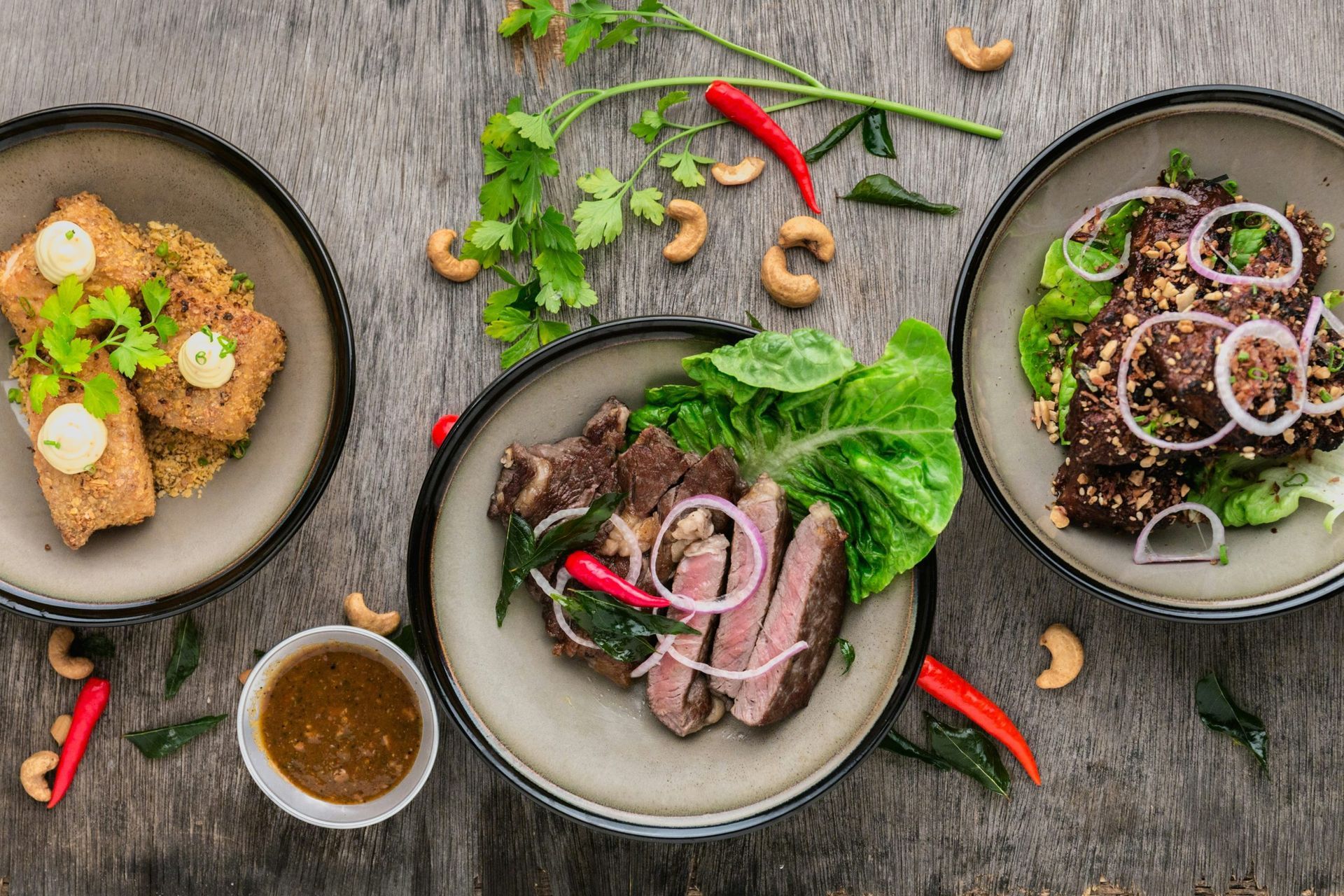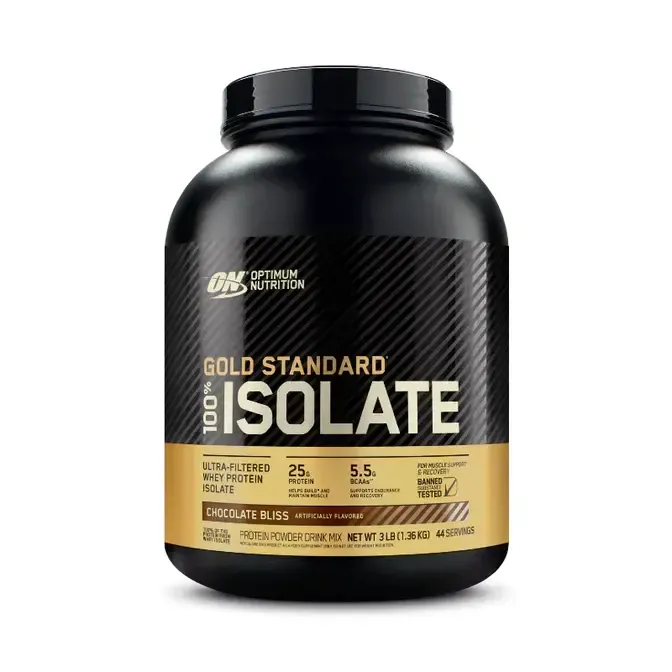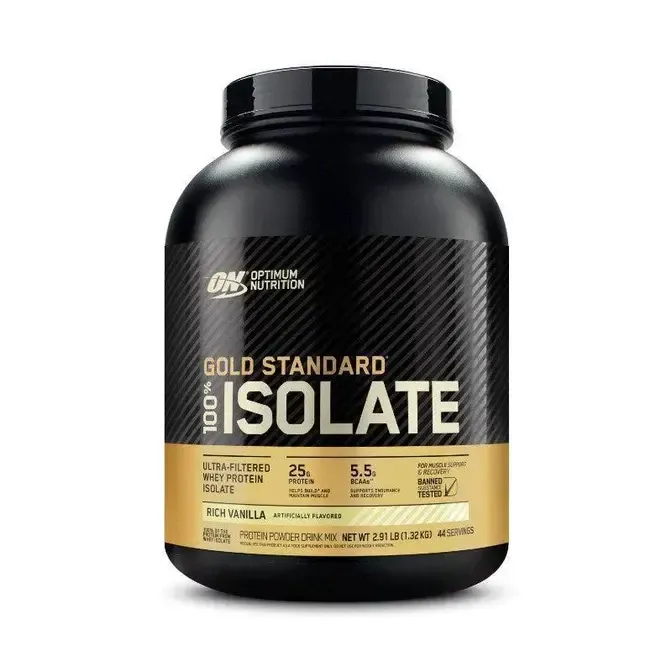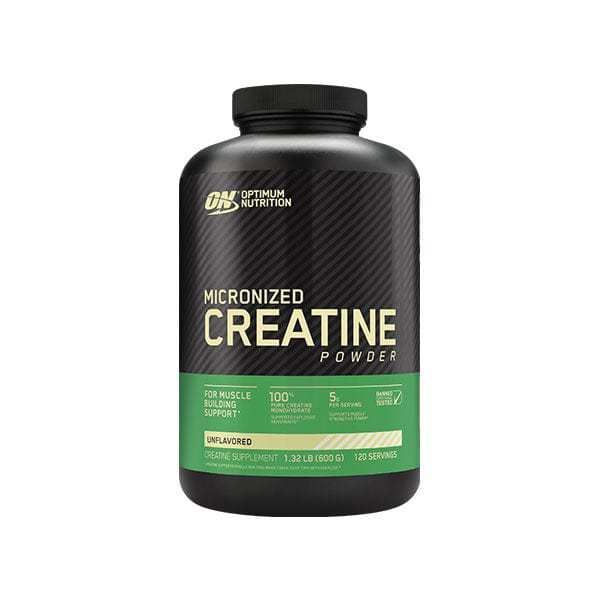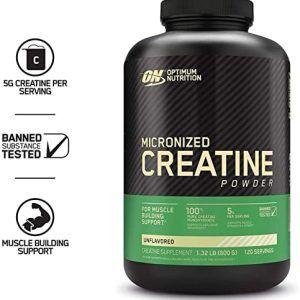In reality Alcohol and weight loss can never go hand in hand especially during a 12-week transformation .
However, many people will continue to drink regardless of the various health risks associated with alcohol consumption.
For those who are looking to decrease weight while maintaining their drinking habits, you should first understand how alcohol disrupts the body’s ability to lose weight and affects caloric intake. When you consume alcohol, your body goes through basic metabolic processes.
The alcohol is converted by the liver into a certain kind of sugar, known as acetate. The body now treats this foreign substance as priority number one and seeks to burn off the sugar. While you might think this is a good thing, it is not! Your fat and carbohydrate burning capabilities (used from food intake and your general energy stores) are being put on hold so your body can concentrate entirely on burning the alcohol sugars.
Additionally, not all of the alcohol sugars are going to be burned up. Whatever is not burned up accumulates in your body and the unused energy then becomes stored as bodyfat.
Alcohol also dehydrates your muscle cells, which makes muscle growth dramatically slower. In addition, alcohol decreases protein synthesis and testosterone levels, which are precursors to building muscle. As a result, you may lose muscle mass while gaining fat.
Furthermore, consuming Alcohol can give you the drunk “munchies.” Alcohol interferes with the liver’s ability to breakdown glycogen in the body . As a result, your blood sugar levels drop, which triggers the hunger reflex. Making things worse, when you are in a drinking environment, the foods around you tend to be higher in calories (i.e. heavily fried foods). In addition, alcohol can impair your judgment regarding food and drinks.
When you are impaired, you tend to care less about what you consume and more about what satisfies your appetite or urges best. You may tend to eat unhealthy foods and then continue to consume higher calorie beverages, such as mixed drinks. Alcohol manufacturers do not put nutrition labels on their products because they are not required to do so bylaw. We certainly should not expect them to do so at their own liberty, or because of a sense of conscience.
why would these manufacturers want you to know that most beers have between 150-200 calories per 12 ounces can? If you and your friends each have a 6-pack of Budweiser (at 145 calories and 10.6 grams of carbs per can), before you hit the bars, then you will have consumed 870 calories and 64 grams of carbs by the time you even enter the bar. Once at the bar, you could expect your caloric intake to double. Even a 6-pack of Bud Light gives you 660 calories and 40 grams of carbs with less alcohol content in each beer.
The following serves as a guide for those who are looking to lose more weight while maintaining their drinking habits which we obviously do not recommend).
We Provide you with the best and worst choices for each type of alcohol in terms of what is better for your diet. Be aware that there are other alternatives that may be more or less beneficial for your health, but I have taken popularity of items into account.
Note: Alcohol consumption should be rarely encouraged, as there is a range of health problems associated with it. Just because one drink has fewer calories than another does not mean the alcohol content in the drink is any lower
Beer (12 ounces)
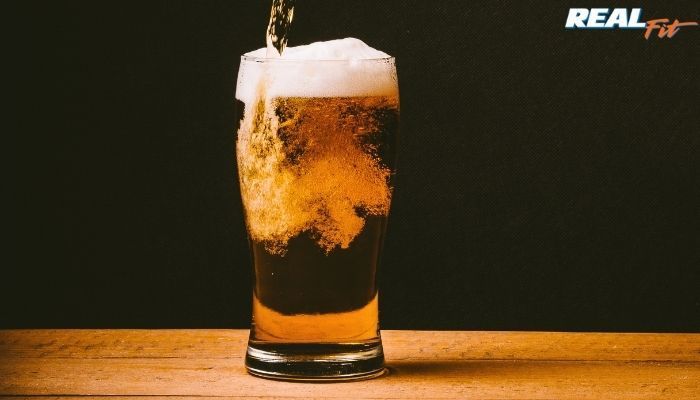
There is a reason why there is such thing as a “beer belly.”
In fact, We probably all know friends who have gained a beer belly over the past couple of years. Beer is loaded with calories, sugar, and empty carbs, which pack on pounds to your waistline.
Best Choice:
Coopers Clear Alcoholic percentage: 4.2%
Energy (calories): 110
Carbs (g): 3.6
Honourable Mention Best Choice:
Carlton Dry Alcoholic percentage: 4.5%
Energy (calories): 118
Carbs (g): 6.7
Worst Choice: Sierra Nevada Bigfoot Ale: 330 calories, 32 grams carb
Honourable Mention Worst Choice: Heineken 150 calories, 11.5 grams of carbs
Shots (1.5 ounces)
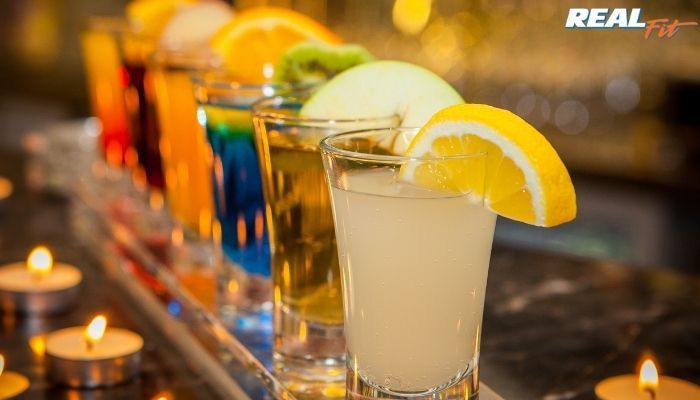
In fact, they could be worse. Most shots can possess anywhere from 60-80 calories. People tend to drink more shots because they are less filling, so be aware of how many shots you are consuming. You can easily consume more calories with shots than you can with beer. Vodka, rum, tequila, brandy, and scotch all have between 64-66 calories and no carbs, so there is no clear-cut winner or lose.
Mixed Drinks
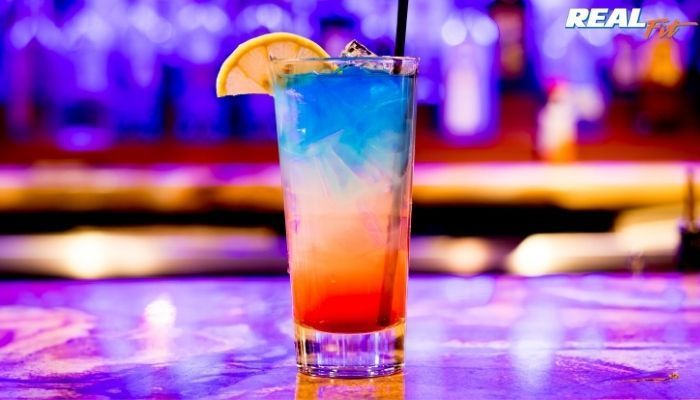
Mixed drinks are not only loaded with alcohol but are also highly sugared drinks (to mask the taste of the alcohol). They contain even more calories than shots or beer. Try ordering mixed drinks with no sugar. Stick with diet drinks to mix with your alcohol.
Best Choice : Vodka w/ Club Soda 65 calories, no carbs
Honourable Mention Best Choice : Diet Coke 65 calories, no carbs
Worst Choice : Margarita 750 calories and 56 grams of carbs
Honourable Mention Worst Choice : Long Island Iced Tea 750 calories and 44 grams of carbs
Wine 4 oz

Studies suggest that a glass of red wine every night can be beneficial to your health. Red wine boots numerous antioxidants and flavonoids, the most beneficial of which is resveratrol, which has been linked with reducing bad cholesterol (LDL), while simultaneously increasing the amount of good cholesterol (HDL) in the body.
This may play a big role in fighting against coronary heart disease. Also, resveratrol has been known to have tremendous beneficial properties for your heart, increasing cardiovascular out put. For these reasons, you should choose red wine over white wine. Remember, though, to drink red wine in moderation to avoid the negative effects of the alcohol and its empty calories
Best Choice : Cabernet Sauvignon 90 calories, no carbs
Honourable Mention Best Choice : White Zinfandel 80 calories, 1.6 grams of carbs
Worst Choice : Ruby Port 185 calories, no carbs
Conclusion
Enjoy a drink and take calories into consideration. Do not obsess over how many calories are in a specific drink because then you will not ever enjoy the alcohol! Remember, ALWAYS consume alcohol in moderation and as stated do your best to avoid alcohol during the 12-week challenge.
The post Alcohol And Weight Loss – The Ultimate Disrupter! first appeared on RealFit.
The post Alcohol And Weight Loss – The Ultimate Disrupter! appeared first on RealFit.
LATEST POSTS
